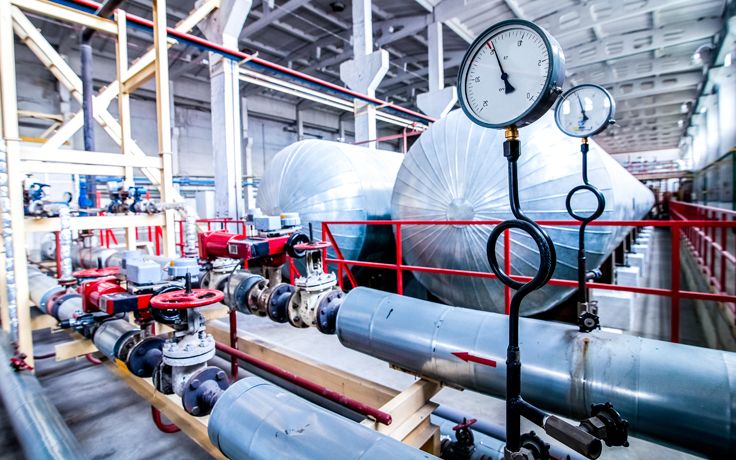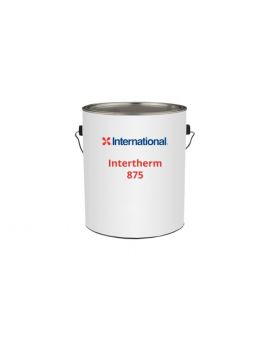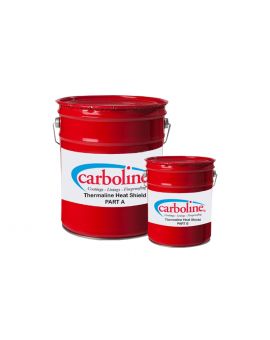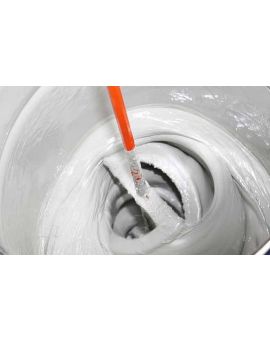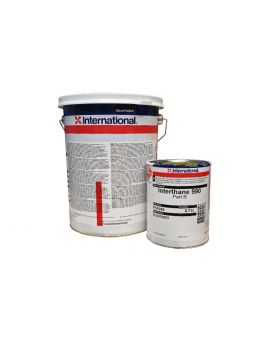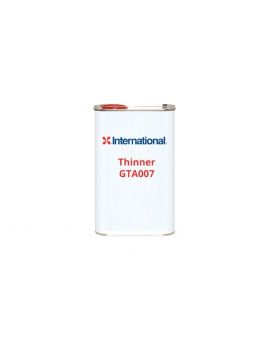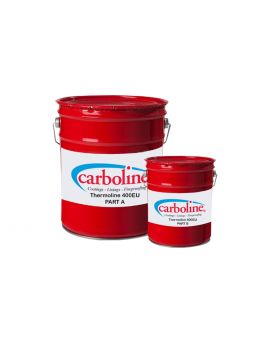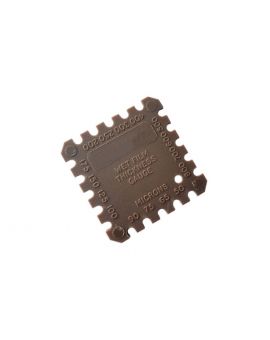£9.95 delivery on orders excluding certain products & postcodes *
International Interbond 1202UPC
International Interbond 1202UPC is a high temperature universal pipe coating. It is compliant with the performance criteria of the ISO12944-9 standard, without a primer.
Best Uses
Interbond 1202UPC is designed for use at high temperatures and is ideal for pipe, valve and vessel manufacturers. It reduces paint complexity and overall painting costs of new construction projects by simplifying coating specifications for process piping and accessories.
Interbond 1203UPC is suitable for use on surfaces that are either uninsulated or under thermal insulation, and for the protection of cryogenic piping and equipment.
Please note, this product is not suitable for buried service.
Application
The recommended application method when top-coating is conventional air spray. Brush or roller application is suitable for small touch up areas only.
All surfaces should be clean, dry and free from contamination. Prior to paint application all surfaces should be assessed and treated in accordance with ISO 8504:2000. Oil or grease should be removed in accordance with SSPC-SP1 solvent cleaning.
Abrasive Blast Cleaning
Abrasive blast clean to Sa2½ (ISO 8501-1:2007) or SSPC-SP10. If oxidation has occurred between blasting and application of Interbond 1202UPC, the surface should be re-blasted to the specified visual standard. Any surface defects that are revealed by the blast cleaning process should be ground, filled, or treated in the appropriate manner.
Power Tool Cleaning (Small Areas Only)
For small areas of touch up and repair, Power Tool cleaning to SSPC SP11 is suitable. Optimum performance will be achieved with a minimum surface profile of 50 microns (2 mils).
Austenitic Stainless Steel
Ensure that the surface is clean, dry and free from metal corrosion products prior to application. Abrasive blast with non-metallic and chloride free abrasive (e.g. aluminium oxide or garnet) to obtain anchor profile of 37.5 to 50 microns (1.5 to 2 mils). Optimum performance will be achieved for steel operating under high and cyclic temperature conditions when the preferred 50 microns (2 mils) profile is obtained.
Primed Surfaces
Interbond 1202UPC is suitable for application to unweathered steelwork freshly coated with zinc silicate shop primers. If the zinc shop primer shows extensive or widely scattered breakdown, or excessive zinc corrosion products, overall
sweep blasting will be necessary.
Other types of shop primer are not suitable for overcoating and will require complete removal by abrasive blast cleaning. Weld seams and damaged areas should be blast cleaned to Sa2½ (ISO 8501-1:2007) or SSPC-SP6.
System Compatibility
Primers
Topcoats
Certificates and Approvals
- Compliant with the performance criteria of the ISO12944-9 standard, without a primer.
- Conforms to the inert multi-polymeric matrix coating definition as per NACE SP0198 standard.
Features and Benefits
- Two component coating delivering temperature resistance and corrosion protection from -196ºC (-321ºF) up to 650ºC (1,202ºF)
- Provides protection against corrosion under insulation (CUI)
- Short minimum overcoating intervals
- Crack resistant during transit
Technical Info
| Components: | Two Component |
| Type: | Ambient cure, inorganic copolymer |
| Finish: | Matt |
| Stock Colours: | Metallic Grey |
| Tintable: | No |
| VOC Content: | 410 g/lt |
| Volume Solids: | 56% |
| Suitable Substrates: | Stainless Steel |
| Application Method: | Airless Spray, Conventional Spray, Brush, Roller |
| Theoretical Coverage: | 5.60 m²/litre at 100µm d.f.t |
| Wet Film Thickness (WFT): | 179-357µm |
| Dry Film Thickness (DFT): | 100-200µm |
| Induction Time: | - |
| Pot Life: | 8 hours at 25°C |
| Touch Dry: | 30 minutes at 25°C |
| Overcoatable: | Min 6 hours to max 14 days at 25°C |
| Hard Dry: | 3 hours at 25°C |
| Cleaner / Thinner: | International GTA007 |
| Shelf Life: | 12 months from date of production unopened |
| Packaging: | Available in 15 Litres |
